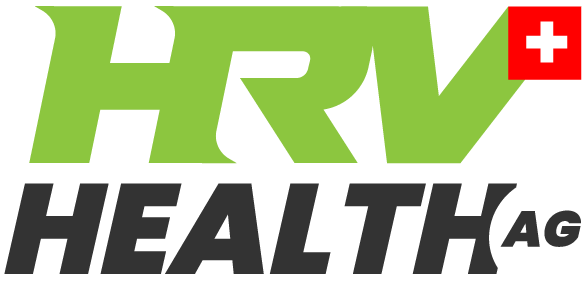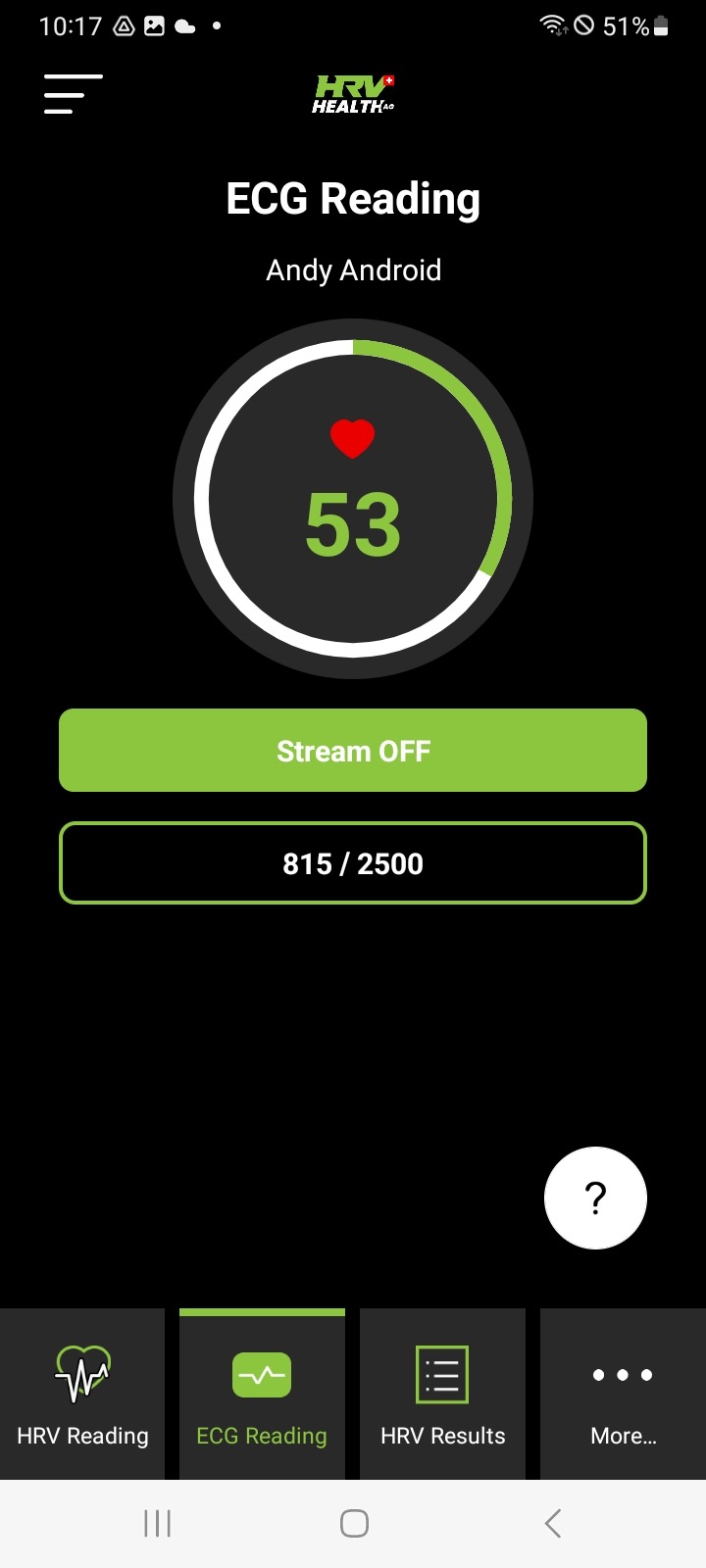Taking the HRV and ECG readings properly is simple once you know how. This is a guideline on how to achieve the most reliable results.
In order to get reliable HRV and ECG results with the HRV Health apps, please follow these steps:
- Take the readings regularly, preferably each day, with only one reading per day;
- Avoid taking any stimulants (coffee and alcohol) or medication before taking the reading;
- If for some reason you need to take another reading, perhaps you were interrupted during the reading, archive the first reading;
- Take the reading while you are completely relaxed, as close to your resting heart rate as possible;
- Avoid any form of activity while taking the reading. Don’t read, watch TV, have a conversation or move about while taking the reading;
- You should be seated, and for the HRV reading, observe the graph, looking for abnormal peaks and troughs;
- Make sure that the heart rate monitor (HRM) is the right way up. The Polar logo should be upright, with the device ID on top.
- Put the Polar HRM on before sitting down to commence the reading;
- The strap should be tight, but not uncomfortable. It should not restrict breathing.
HRV Reading
- For the HRV reading, when you are seated and relaxed click the Pulse rate ON. The pulse rate will appear in the circle on the screen. Wait until the pulse rate has dropped as close as possible to your resting heart rate before commencing the reading, then click the Start HRV reading button;
- While the reading is progressing, watch that the pulse rate remains stable. As stated above, it is also best to watch the graph. The size of the jumps between the peaks and troughs will give you an idea of whether the reading is high or low, and the regularity of the peaks and troughs provides an insight into whether Poincaré plot will be good, or not.
- Once the progress bar has moved all the way round the circle, and the graph disappears, the reading is complete. Press the Click Pulse rate Off button.
- To see the results, in the app Click the HRV Results button.
- Unless there is a problem that requires taking a second reading, or you wish to take an ECG reading, remove the strap.
- Detach the HRM from the strap – this is important as failure to remove the HRM from the strap will drain the battery.
- A more comprehensive result set is available on the HRV Health Platform. This contains a complete analysis of your data, showing trends, with graphs. Your complete history of result is available. If you are an athlete, you can follow the recovery advisories on the recovery page.
- If there is an abnormality in the reading, particularly if the RMSSD figure is very high (above 150)[1]Extremely fit athletes can have an RMSSD above 150. If you fall into that category, please ignore this advisory., check that the strap is on tightly. Unusually High RMSSD can also be the result of a problem with the strap, or low battery. The battery can be tested using the Polar Beat app. If you have a second strap available, take another reading with that to test if the strap is a problem. If all of these possibilities have been eliminated, then you should take an ECG reading. Very High RMSSD figures are symptomatic of a heart condition for people who are not athletes.
- If there is something worthy of note, create a comment on the Platform on the HRV & BP result page. The comment section is there for you.
Warning signs in the data
There are a few waring signals in the data;
- Your stress index is above 150 and/or stress is above 10. Intense exercise will cause elevated stress levels. If you are fully rested, and you have elevated stress figures you should take a blood pressure reading to check for the possibility of hypertension.
- A ratio figure below 2 particularly when the RMSSD is below 30 is cause for concern. If you already have a diagnosed condition, this will be symptomatic of that. If you have not been diagnosed with a condition, take a look at the Poincaré plot. If this is concentrated into a circular shape, contact us for advice, or contact a physician for a medical check-up. These circumstances are consistent with serious chronic conditions where a medical check-up can be life saving.
- Unusually high resting heart rate. If you are fully rested, and relaxed while taking the reading, and your pulse rate during the reading is very elevated (20% above normal) it is a signal that something is wrong. This is symptomatic of acute conditions, especially if the RMSSD metric is lower than normal. Avoid exercise, and be alert for other symptoms of illness.
ECG Reading
- For the ECG reading, when you are seated and relaxed click the Streams On button. The pulse rate will appear in the circle on the screen. Wait until the pulse rate has dropped as close as possible to your resting heart rate before commencing the reading, then click the Start ECG reading button;
- There may be a slight delay before the reading commences. Please be patient.
- While the reading is progressing, watch that the pulse rate remains stable.
- Once the progress bar has moved all the way round the circle, the reading is complete. Press the Click Stream Off button.
- Take a look at the ECG graph on the app or on the HRV Health Platform;
- If the ECG graph appears to be inverted, please make sure that you were wearing the HRM the right way up.
- If the ECG graph appears to be unusual, please feel free to contact us for advice – this is without charge. We care about the health of our users, and these consultations have already saved lives. If you are uncomfortable contacting us, contact a cardiologist.
More reading:
References
| ↑1 | Extremely fit athletes can have an RMSSD above 150. If you fall into that category, please ignore this advisory. |
|---|

